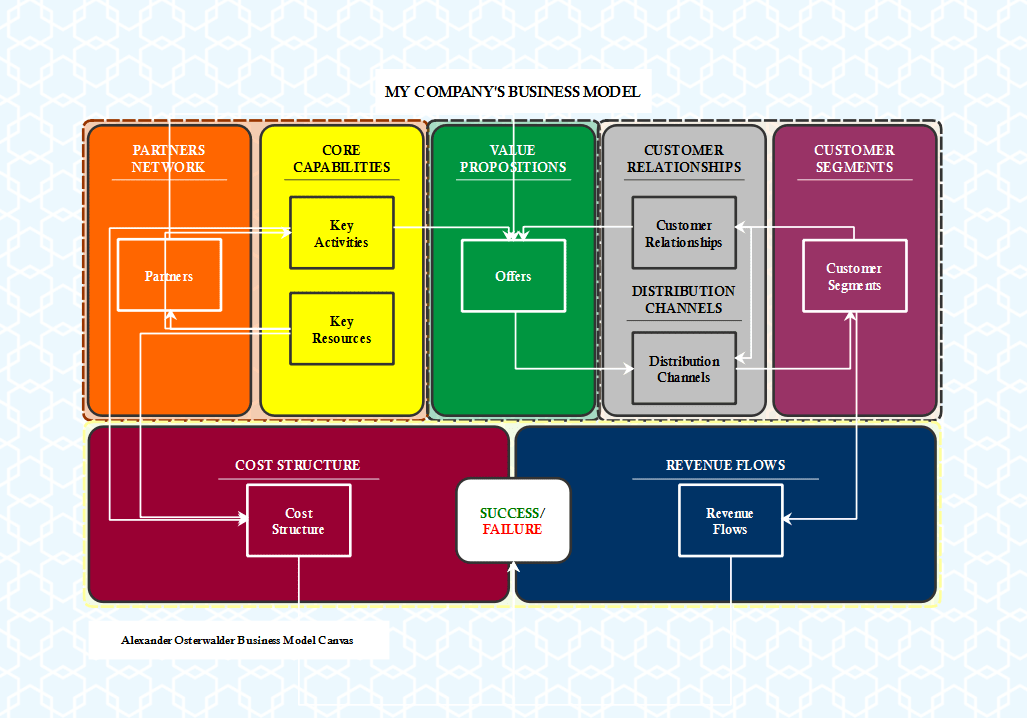If creativity is the heart of the business, managers are the ones who keep it beating. Fostering creativity in your teams isn’t just good for company culture; it’s good for business in general. Many managers reserve the role of creativity for actual ‘creative’ endeavors. But, creativity doesn’t only mean artistic expression. Creativity is imaginative thinking, innovative problem solving, and recognizing new opportunities. All these are essential traits required to keep your business at its best. While some people may be more inherently creative than others; most just need the right encouragement to get them to think differently. This is where a good project manager steps in.
The Role of a Project Manager
Like a compass, a project manager keeps the team on track and always headed north. Certainly, the specifics of a project manager’s role vary from one industry to the next. That said, most project managers are in charge of a particular project from start to finish. This includes the scope, the team, the budget and timeframe, and ultimately, the project’s success.
While there are several tasks to handle, one of the greatest challenges for project managers is ensuring the employees they’re responsible for are fulfilling their potential. But tapping into unexplored promise is no easy feat. Project managers have to commit to creating and supporting a space where their teams can put their best foot forward. This starts by encouraging creativity across the board—from ideating to operating, problem-solving, or adapting. Thankfully, there are several ways to ignite your team’s creative spark:
Create a Productive Workspace
Your workspace is where most work gets done, so if the space is uninspiring there’s a good chance the work will be too. As a project manager, it’s important to surround your team with creative stimuli. While changing the office floor plan may be a larger project, you can start with smaller things that make a big difference. Adjusting the lighting from fluorescent options to warmer accent lights can have a big effect on reducing stress and boosting creativity. Similarly, an office full of plants can do wonders for productivity. Use the walls as your canvas, utilizing art and brighter paint to bring energy into the office space. Likewise, calmer shades can be used for relaxation, especially for break rooms or balconies.
Of course, in light of COVID-19 several employees are working from home—but you can bring these ideas to them! Encourage remote employees to set up a designated home office space. You can send them plants, or even host a virtual session on how to create a productive work environment at home.
Use Creative Tools and Approaches
Managing a project can quickly become overwhelming, from segregating information and delegating tasks to rein in ideas and meeting deadlines. With task-based projects like these, the key lies in your approach. Using creative tools like mind maps helps bring a team together to tackle the task head-on. An added benefit is that mind maps work just as well even when team members are working remotely!
Mind maps start with a central thought or topic branching out to connecting ideas and related topics. What these do is allow for creativity, brainstorming, and collaboration amongst team members. Research shows that mind mapping also increases productivity by 20-30%.
Since this approach is so flexible, managers can create project plans that inspire their team to push boundaries. Mind mapping allows managers to visualize and collect the best ideas for a given task. All of this and more makes mind mapping a great choice for project managers.
Learn to Listen
Everyone has ideas, but the ones that materialize are the ones that are heard. As a project manager, your role should be to create an open, encouraging space for your team to voice their ideas. Make it a personal mission to start listening to more ideas. Do so regardless of whether they’re “bad” ideas or ones that deviate from your own approach to a task. The more you listen, the more ideas you’ll hear, and that’s never a bad thing.
Host regular sessions where team members can think out loud. At these sessions, offer constructive, honest feedback. At the same time, be sure to verbally appreciate the fact that members voiced these ideas at all. As this article by Villanova University states, “When a leader is always willing to listen to what other professionals have to say and give their words serious consideration it creates an environment where everyone feels comfortable expressing themselves.” You’ll soon see more participation, and increased motivation to contribute to the project. Finally, actively listening spurs out-of-the-box thinking.
Institute Flexible Work Timings
While your office may work 9-5, your team’s creativity does not have to follow such a rigid routine. Encourage team members to think most when and where they think best. This may mean a change of scenery, like a walk around the block or working in a different part of the office. Yes, as a manager, the finish line is important. But when it comes to how you get there, give your team some wiggle room to do tasks the way they do best. After all, micromanaging is creativity’s biggest foe. Breaking the monotony can help boost your team’s creativity and productivity.
Remember, creativity is not an around-the-clock phenomenon. Don’t expect your team to work non-stop and still give you their best work. Employee burnout is real — even more so now, given the advent of remote work. As the lines between professional and personal lives blur, it’s important to encourage your team members to take a break.
Let your team take short breaks throughout the day to switch their minds to other tasks like doing a crossword or doodling. This allows employees to clear their heads, and come up with new and innovative solutions.
Create Transparent Processes
Creating an organized, realistic, and structured plan is a project manager’s primary job but a plan that isn’t based on mutual team trust is one that’s bound to derail. In this regard, a transparent process is essential for creative project management. It is important to clearly explain the expectations of the project, the purpose behind your plan, and why exactly you’ve formed it in a particular way. In this way, you can foster an atmosphere of trust and collaboration and fuel creativity. Additionally, be sure to allow for feedback so that your team members feel involved and important in decision-making.
Finally, include review sessions in your project management processes. Whether a project is a resounding success or an unfortunate failure, there’s always something to be learned. As a project manager, set aside time for informal review sessions both after and during your project. Rather than calling individuals out for their mistakes, bring team members together to discuss what worked and what didn’t. Then, as a group, brainstorm improvements and how to implement them.
Promote Diversity
Building a creative team means making room for diverse experiences, backgrounds, and cultures to come together. Oftentimes, managers will align like-minded people because it means less workplace conflict and smoother operations. However, this behavior is merely based on assumptions that are not always true. Rather, what is true is that homogeneity in thought only fosters an uninspired working process. Putting together a diverse team allows for creativity to thrive. Differences as a result of employee diversity will likely complement and enhance each other.
Have the Right Attitude
So many times, employees won’t voice their ideas because they’re afraid of how these will be met. A project manager’s attitude to his team directly affects their morale, participation, and creativity. It goes without saying, but the wrong managerial attitude can be extremely demotivating. A project manager who is negative and dismissive of their team will only see results that reflect that attitude. Thus, having an open, approachable attitude is key to foster innovation in thought.
Additionally, a big impediment to creativity is the fear of failure. The more afraid you are to fail, the less risk you’re willing to take. As a team member, it’s hard to be truly creative if the consequences of a misstep are so severe. In this regard, a project manager’s reaction to failure can make or break a team’s morale and motivation. Thus, one must learn to embrace failure as a lesson. With this in mind, managers must encourage their teams to be less sensitive to failure and more willing to grow from it. Remember, trial and error are some of life’s unchangeable phenomena.
—–
While you can’t explicitly force creativity, you can build a creative team. In fact, by implementing strategies like these, you foster creativity within yourself and your own leadership abilities as well. Project managers who value creativity and actively encourage it are more likely to succeed. Ultimately, these are the kind of leaders who actually make a difference to a company’s culture and output.
About the author
Luke Smith is a writer and researcher turned blogger. Since finishing college he is trying his hand at being a freelance writer. He enjoys writing on a variety of topics but business and leadership topics are his favorite. When he isn’t writing you can find him traveling, hiking, or gaming.




